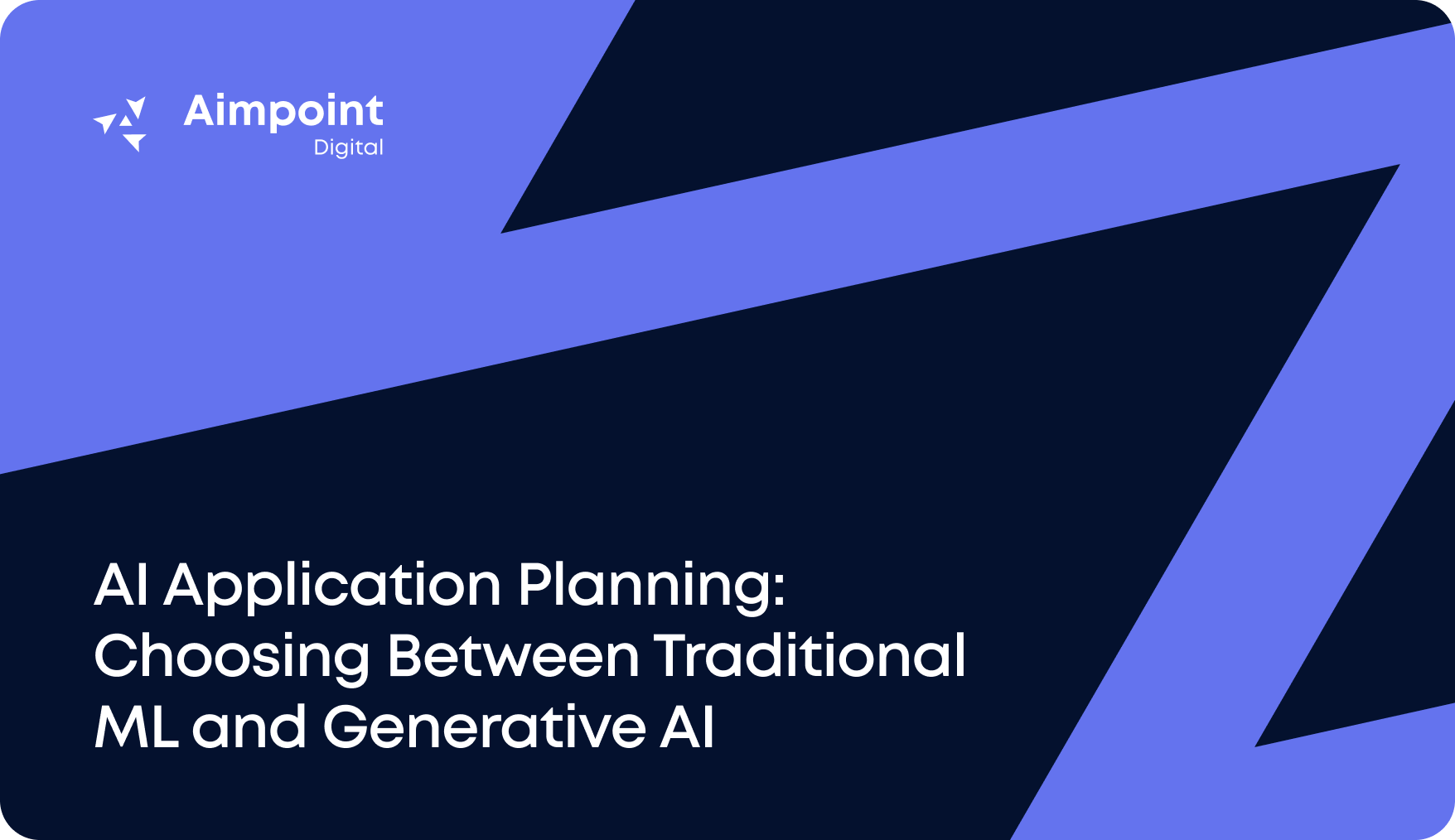
Artificial Intelligence

In 2017, a group of researchers from Google Brain and the University of Toronto released a key research paper titled “Attention Is All You Need,” an unassuming name for a report that turned out to be so pivotal.
Generative AI had been around for a while at this point, using models such as GANs and RNNs. Still, due to technical issues around stability and parallelization, these models never entirely produced output fit for public consumption. The paper above recommended an architecture called “The Transformer” that solved some key computational challenges but was originally organized to target tasks such as translation, evidenced by its encoder-decoder architecture.
Then in 2018, the GPT was launched. This algorithm did away with the encoder part of the architecture to streamline design and began hyperparameter tuning other things in the models. They are autoregressive language generation models at their core, predicting the next word in a sequence given a set of previous words. As people scaled massive amounts of GPUs and TPUs and introduced key training additions, the models became more and more increasingly human.
Now, with these advanced models on the scene, the question becomes one of application. Companies that will remain industry-leading will be the ones who figure out how not only to use but also productionize this powerful new technology. In this blog post, we will discuss five ways generative AI in business is driving value through various applications.
Generative AI in business has the potential to transform industries such as insurance, finance, healthcare, and private equity by automating the process of summarizing and condensing large volumes of documents to condense them into a short, digestible form. On top of this, documents submitted as pdfs sometimes require upstream OCR preprocessing. LLMs (Large Language Models) can quickly summarize critical sets of documents into cliff-note versions using both few-shot and zero-shot learning, depending on the complexity. Additionally, in the future, multi-modal models could convert pdfs into computer-readable forms and then extract essential information automatically.
From technology to retail procurement, people can apply generative AI in business to extract key pieces of information from documents and databases, improving efficiency and accuracy. In contrast to summarization, the task is to pull out names or dates and store them in some accessible location. GPT models can do this with surprising accuracy out of the box and can be further fine-tuned to automate this process.

Have you ever been in a situation where you ask a question like “What widget is leading sales in the Northwest region?” And then task an analyst to write SQL statements to pull data, use clunky Python libraries like Matplotlib to get a plot, and then send you a .png to interpret?
With some assistance from specialized teams like Aimpoint Digital provide, GPT models can allow you to type a question into a text box and get the answer seamlessly, complete with graphs and insights. Additional Aimpoint Digital offerings, such as our automated forecasting engine, use add-ons like GPT models to allow you to interpret machine learning model outputs easily.
By employing generative AI in business, companies can better understand general trends and specific preferences related to their products through sentiment analysis of social media posts and customer interactions. For example, classification of things like social media posts regarding your company’s offerings or recorded conversations between customers and sales reps are placed into buckets like “happy” or “upset” to help companies understand general trends in if people like or dislike a product and what precisely they like or dislike about it.
A consistent struggle of companies reliant on personnel domain knowledge is that as people age, retire, or shift jobs, more expertise and learned experience are needed. Many companies are training models on the company and industry-specific knowledge to have chat assistants to hold onto learned knowledge in perpetuity. In the future, new employee training programs could be led by pre-trained models who have an in-depth understanding of company operations and best practices or provide quick guidance to maintenance teams.
The future of these models is bright, new, and undefined. Aimpoint Digital has a full product suite of offerings that can help your company bring the power of GPT models into your secure environments in a cost-effective manner. Reach out through the form below to consult with an expert today!
Whether you need advanced AI solutions, strategic data expertise, or tailored insights, our team is here to help.